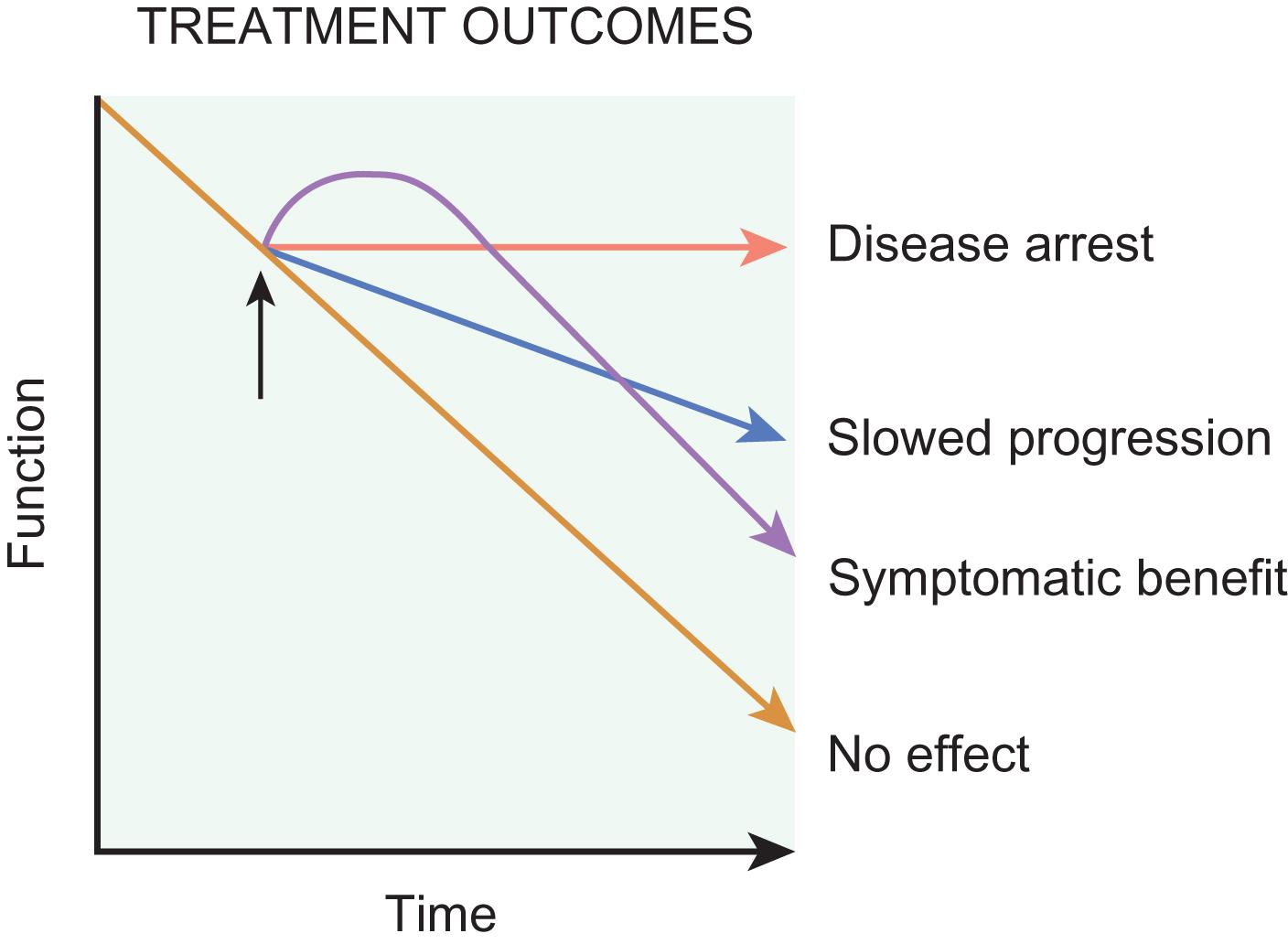Physical Address
304 North Cardinal St.
Dorchester Center, MA 02124
Treatment of Alzheimer’s disease and other causes of memory loss and dementia is best carried out in a partnership between patient, caregiver, and clinician.
Current FDA approved treatments can help improve or maintain the patient’s cognitive and functional status by “turning back the clock” on memory loss.
New, disease-modifying treatments are being developed and may be available soon.
Families and other caregivers are helped by treatments that improve the behavioral and psychological symptoms of dementia.
Nonpharmacological strategies can also help compensate for memory loss.
In our experience, treatment of Alzheimer’s disease and other causes of memory loss and dementia is best carried out in a partnership between the patient, caregiver(s), and clinician. As with most diseases, when the diagnosis of Alzheimer’s disease is made, the first question that is asked is: “What can be done?” As we explain to our patients and families, there are many aspects to treatment ranging from counseling and education to medication that, when skillfully combined, lead to the best outcomes.
Patients for whom we prescribe a cholinesterase inhibitor, memantine, or a combination of the two often ask how these medications work and what else can be done. We typically have a discussion with these patients and their families that attempts to incorporate the following points.
Alzheimer’s disease is a brain disease. In the most basic sense, brain cells are dying. As you lose brain cells, the abilities to which these cells contribute are also lost. For example, early in the course of the disease individuals with Alzheimer’s disease lose cells in a brain structure called the hippocampus. The hippocampus is critical to the formation of new memories and this is why one of the first signs of Alzheimer’s disease is difficulty remembering new information. (We sometimes show a photograph or a model of the brain with the hippocampus [such as in Fig. 4.6 , Fig. 4.12 ] and we generally show the patient their computed tomography [CT] or magnetic resonance imaging [MRI] scan and indicate the hippocampus and other regions of atrophy to show where brain cells have been lost.)
Unlike many other organs in the body, brain cells do not typically regenerate, so, once a brain cell is lost, it is gone forever.
As more brain cells die, the disease progresses and more abilities are lost.
The goal is to treat with medications that will help the remaining brain cells—even those that may be diseased—function more efficiently. This improved efficiency can help to compensate for the ongoing loss of brain cells.
The two most commonly used types of medication to accomplish this goal are cholinesterase inhibitors and memantine.
These medications do not stop the death of brain cells or even slow it down, but they do help to improve the symptoms of the disease. (We often show or draw them a figure similar to Fig. 18.1 to help them understand what symptomatic benefit means.)

We often mention that these treatments can “turn back the clock” on the patient’s memory to where it was 6 or 12 months ago, but they cannot stop the clock from ticking down nor slow its rate.
Cholinesterase inhibitors help brain cells that use the neurotransmitter acetylcholine to function more efficiently.
Memantine helps brain cells that use the neurotransmitters glutamate and dopamine to function more efficiently.
Acetylcholine, glutamate, and dopamine are all important in human memory.
Following this discussion, patients and families typically grasp the notion that the disease is progressive and that by using these approved medications we are attempting to treat the symptoms of the disease such as memory deficits, but we are not treating the underlying cause, that is, the death of neurons. If at this point they ask if there is anything else that might be done, we discuss the opportunity to participate in clinical trials. Because Alzheimer’s is a fatal disease, as in the field of oncology, we believe that the best care allows patients to participate in clinical trials of novel medications if they so choose.
As described in more detail in Chapter 19, Chapter 20 , most of our patients with Alzheimer’s disease are on a cholinesterase inhibitor and some are also on memantine extended release. Only occasionally do we prescribe Namzaric, which combines memantine extended release at various doses plus donepezil 10 mg ( ). We find it easier to titrate up each pill separately and sometimes patients are on 5 or 15 mg of donepezil. It is also generally less expensive for patients to take generic memantine and generic donepezil than brand-name Namzaric. However, for some patients who are living alone, the single, once-a-day pill Namzaric may be easier for them to manage.
Become a Clinical Tree membership for Full access and enjoy Unlimited articles
If you are a member. Log in here